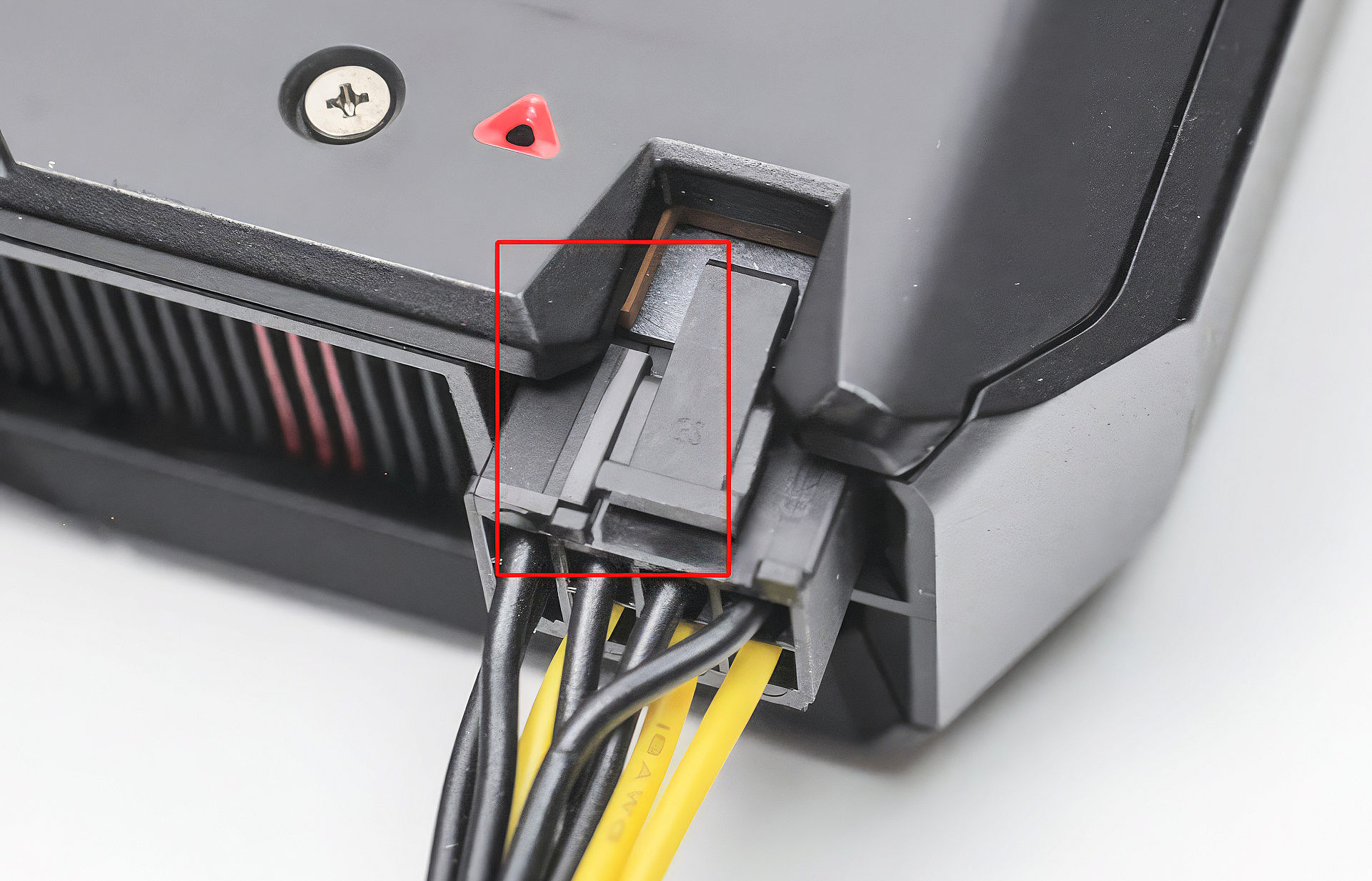I doubt N6 is $11k/wafer. N7 was generally reported as $10k/wafer when that was bleeding edge and almost every rumor has been that TSMC was offering rebates to customers to switch over to N6 as it had fewer steps and TSMC could get much greater throughput.
Now that N5 has been out for a while and N3 is the new bleeding edge that Apple is manufacturing the next iPhone SoCs on right now, the previous nodes are going to start being discounted, particularly when the industry is hitting the post-pandemic dip and demand is a lot lower. Once TSMC recoups their initial investment costs, they can drop wafer prices considerably, which they might have to do in order to keep the fabs operating.
But even if I were to grant that you are correct and N6 actually does cost $11K per wafer, that doesn't really change anything other than AMD perhaps only making $5 instead of $25. Their margins have decreased, but they still wouldn't lose money. They have enough other divisions that are profitable enough to weather hard times here.
People can argue over margins all they want, but at the end of the day the pure profit is what matters. Would you rather have $2 billion at 75% margins, or $2.1 billion at 15% margins?




